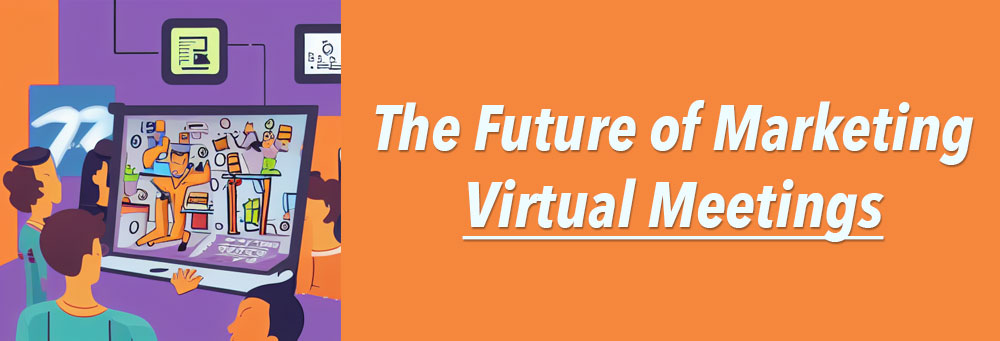Video is a powerful tool for engaging website visitors. It can be used to communicate…

What Does a Video Editor Do During Post Production?
Whether it’s a thirty-second commercial during your favorite television show, an instructional video on how to change the headlights in your car, or a full-length film at your local theater, have you ever thought about what you’re watching and wondered how it came to be? Most people don’t. But what you see isn’t how a video or film project starts out.
There are three phases of any video production: pre-production, production, and post-production.
You might call pre-production the planning stage. This is when scripts are written, budgets are developed, those who will appear on camera are selected, and all other logistical issues are address with the goal of having the best road map to get the project done. During production, the visual content is captured on camera. Post-production is where everything is brought together to create the final product. This phase can often be the longest step of the entire process.
The post-production phase of any video project is, arguably, the most critical component in making sure the end product achieves your goal of presenting the highest quality video to your clients. Understanding the post-production process is important as you consider how best to proceed in seeing your video project come to fruition.
The problem is most people don’t fully understand what is involved once the initial video footage has been captured. This can lead to shortchanging what should be the most important part of your decision to create a video project and is where many people get stuck. Understanding how post-production activity can make or break your project should play heavily into how your video is made.
There are several moving parts to what happens when a project goes into post-production. Here are a few:
Image Editing
All of the images that were captured on camera need to be viewed, organized, and put into an order that makes sense. It’s also important to ensure there is a consistency of lighting, color, and the overall appearance of what your audience sees.
Sound Editing
An experienced sound editor will take the same level of care given to what is seen and apply that to what is heard. If a project is shot over a period of days, in different environments, and using multiple actors, a sound editor will make sure volume levels and tone match throughout the video.
Music Editing
Will your video have music in the background? Will the music be original to your project or pre-existing? If the music already exists, do you have the legal permission to use the music? These are all considerations to make and a professional production company has the experience to answer these questions.
Titles and graphics
When the images have been edited, it’s time to add titles and graphics. You want this component to be at the same level of quality as the rest of the project.
Making a quality video for your organization is more than just pointing a camera and hitting the record button. There are a lot of bad videos floating around and this is often due to a lack of expertise during the post-production phase. Our team has the experience your video project deserves to create the most engaging and immersive experiences for your audience.




This Post Has 0 Comments